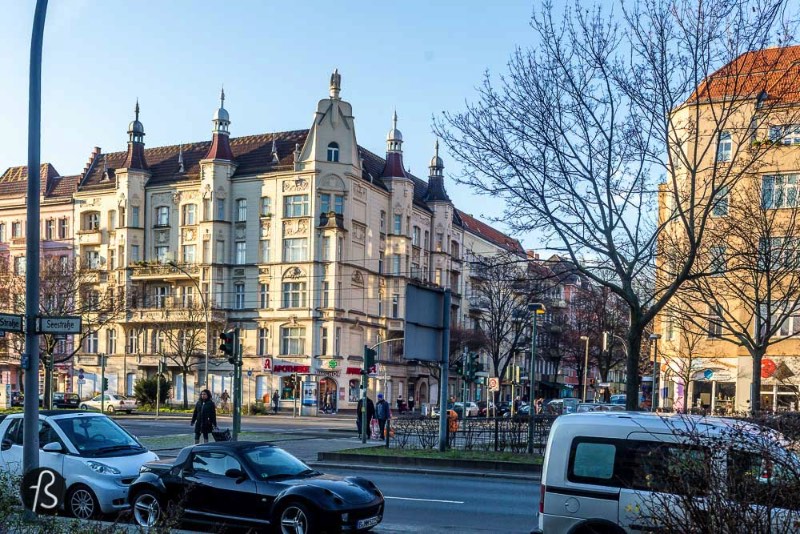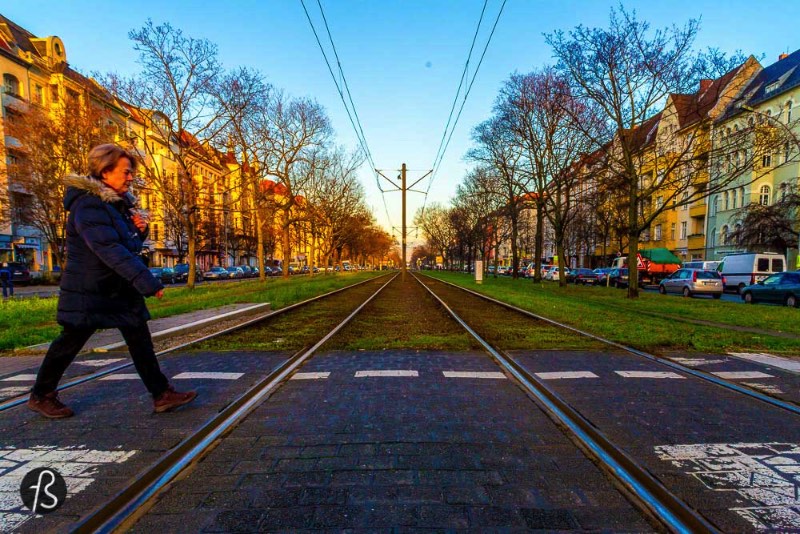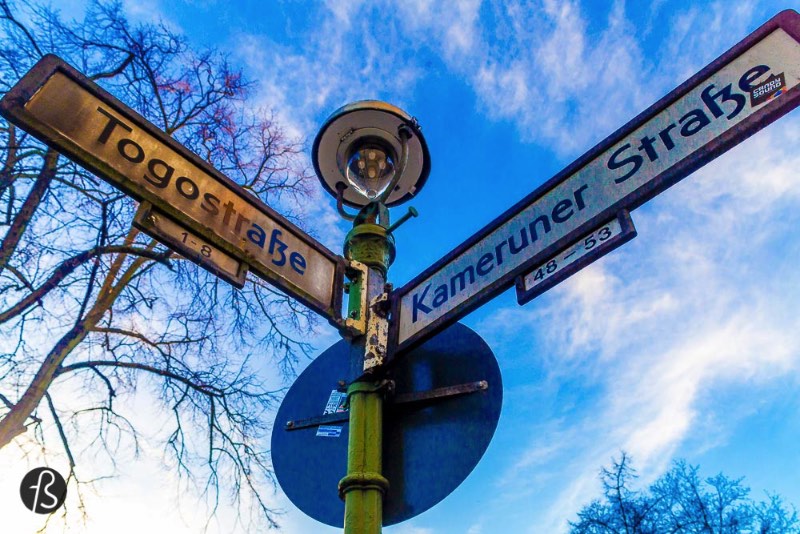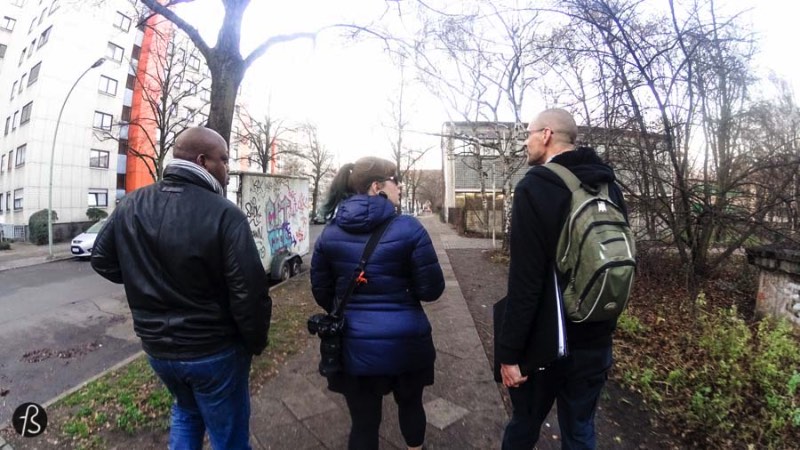Our tour happened on a warm saturday afternoon at Seestraße. It was there that our tour of the African Quarter of Berlin started and it was there that we started learning about the connection between a piece of Wedding and Africa.
Everything started more than a century ago when Germany’s short lived colonial past took over Berlin. Wait, you didn’t know about Germany’s colonial past? Neither did we but the streets of Wedding tell this story for everyone that cares to read. There you can find streets named after Togo, Ghana, Zanzibar and a lot more.
The History behind the African Quarter of Berlin
It all goes back to November 1884 when Bismarck invited the colonial powers to Berlin so they could split Africa in a way that would be good for all the European powers. With what ended up known as the Scramble for Africa, Germany became the third largest colonial power in Africa with an empire nearly 2.6 million square kilometers wide with Southwest Africa, Togoland, Cameroon and Tanganyika.
Everything was lost after the First World War but the streets named after this almost forgotten past still remain around Berlin. Most of them can be found in what is known today as the African Quarter of Berlin. The Afrikanisches Viertel, as it is known in german, has street names as Kameruner Straße and Togostraße.
But, there you can also find streets called Lüderitzstraße, Petersallee and Nachtigalplatz. Those streets honor a businessman, an explorer and a politician who used military force and deception to bring Togo, Cameroon and German South-West Africa (Namibia as it is known today) under imperial power.
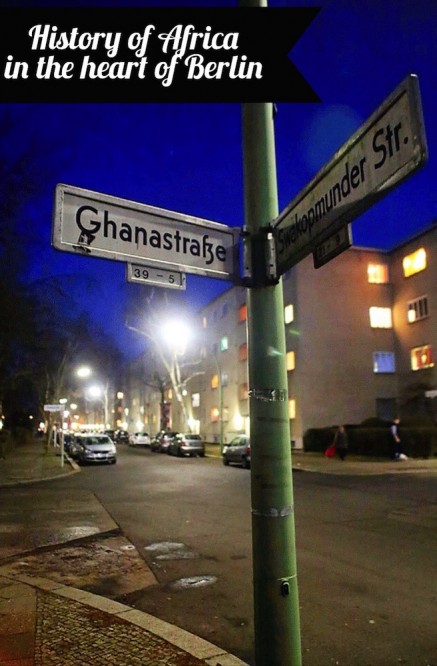
The Afrikanisches Viertel started attracting Africans from the late 1990s onwards. We believe they went to the area curious to see the name of their countries on the streets, and they stayed there because of the cheap rents. Today, as you walk among streets named after African countries and regions, you can see many shops and restaurants.
Nowadays, about 2500 people from African countries are in the area, but this number could be higher since Germany doesn’t track ethnicity or country of origin.
A guided tour along the African Quarter of Berlin
Everything that you are reading here was taught to us by our tour guide Henning during the Saturday afternoon, where he showed us the neighbourhood where he lives since 1987. This tour made us wonder how much we really know about Berlin.
As we explored the streets of Wedding, we learned a lot about the city past on a trip back in time that started in one of the many African shops where we tasted a little bit of Ghana for the first time. In the end, we had some time to ask questions and get even deeper into the area’s history in the amazing African restaurant Bantou Village on Kameruner Strasse.
If you are interested in the hidden history of Berlin like we are, you need to follow Henning on his great guided tour of the African Quarter of Berlin. You will not regret it; we know it.
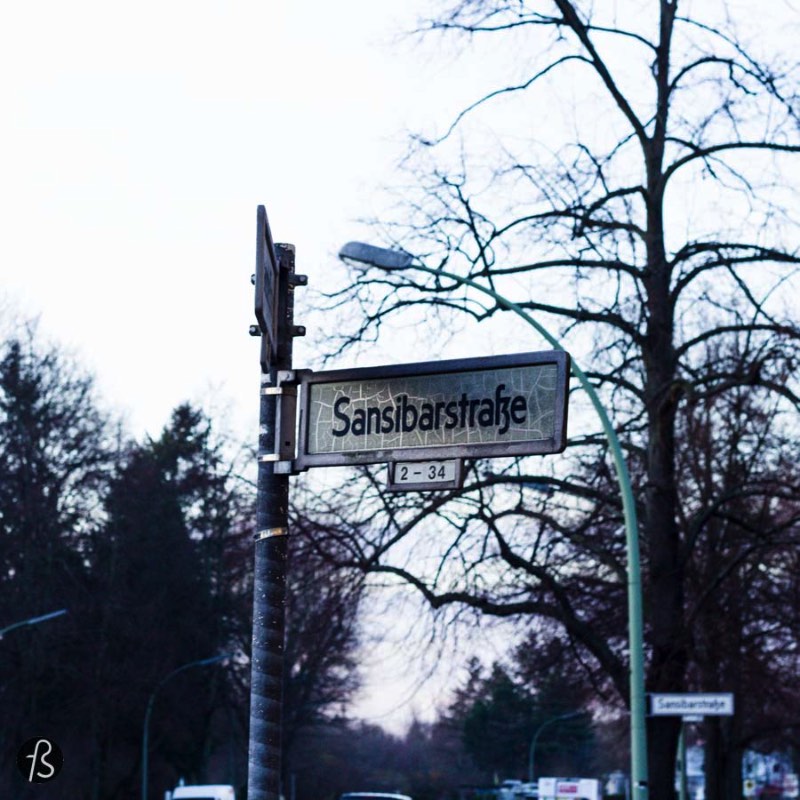
If you like what you read here, you should join our Discord channel; there you will find a place for open discussions about all the themes we talk about here, and it is a free space for you to share your questions, comments and suggestions. But if you are not a fan of the platform, you also can join us on our Facebook group or our Twitter and Instagram.
We usually post all the lovely images we see and do there, together with a curation of the best links of all World Wide Web. No joke!
And when these aren’t enough, we have a Flipboard Magazine too.
Subscribe to our newsletter for discounts in hotels and photo gear, freebies and much more.
